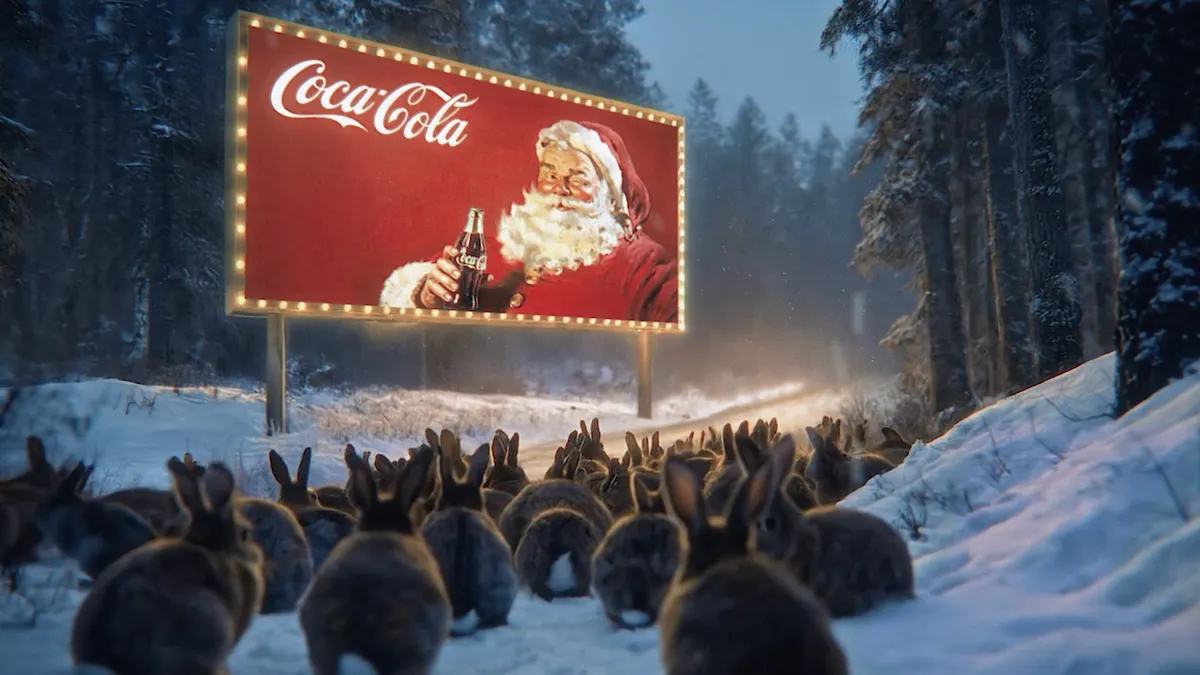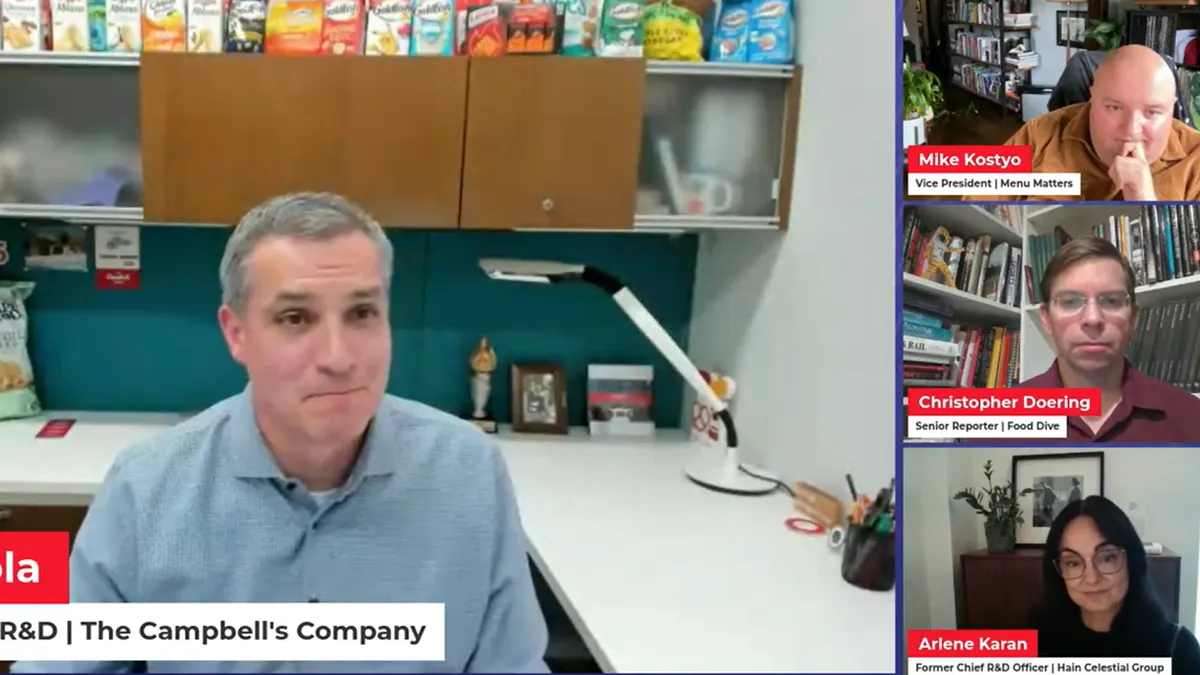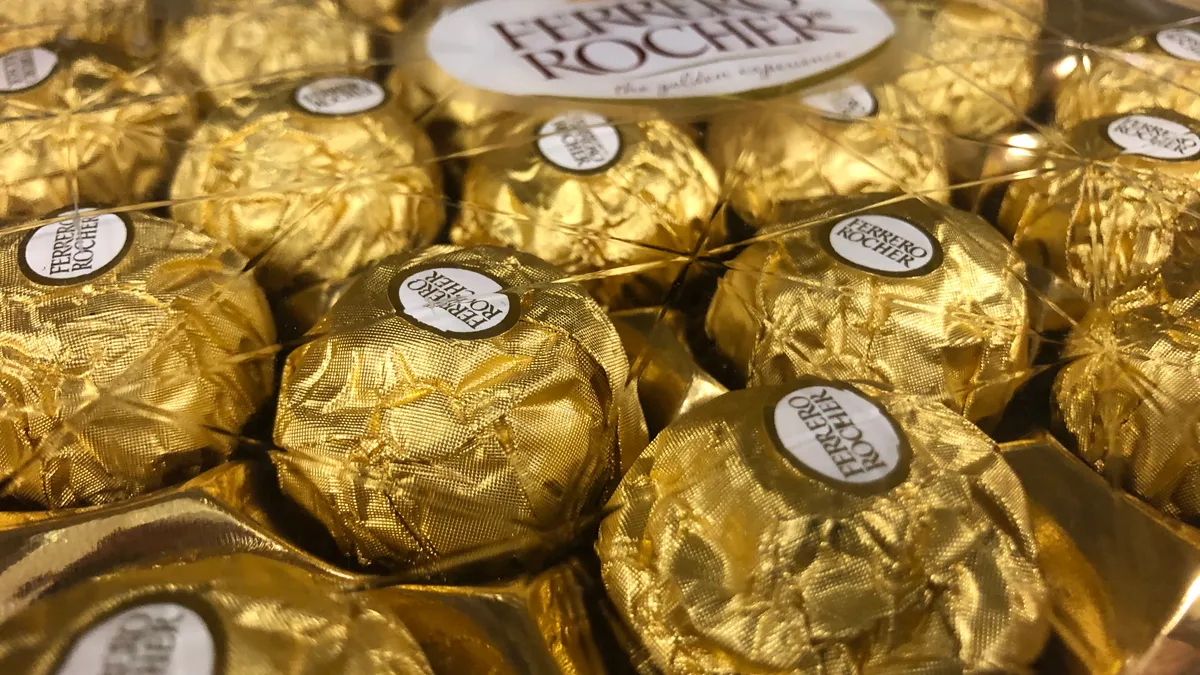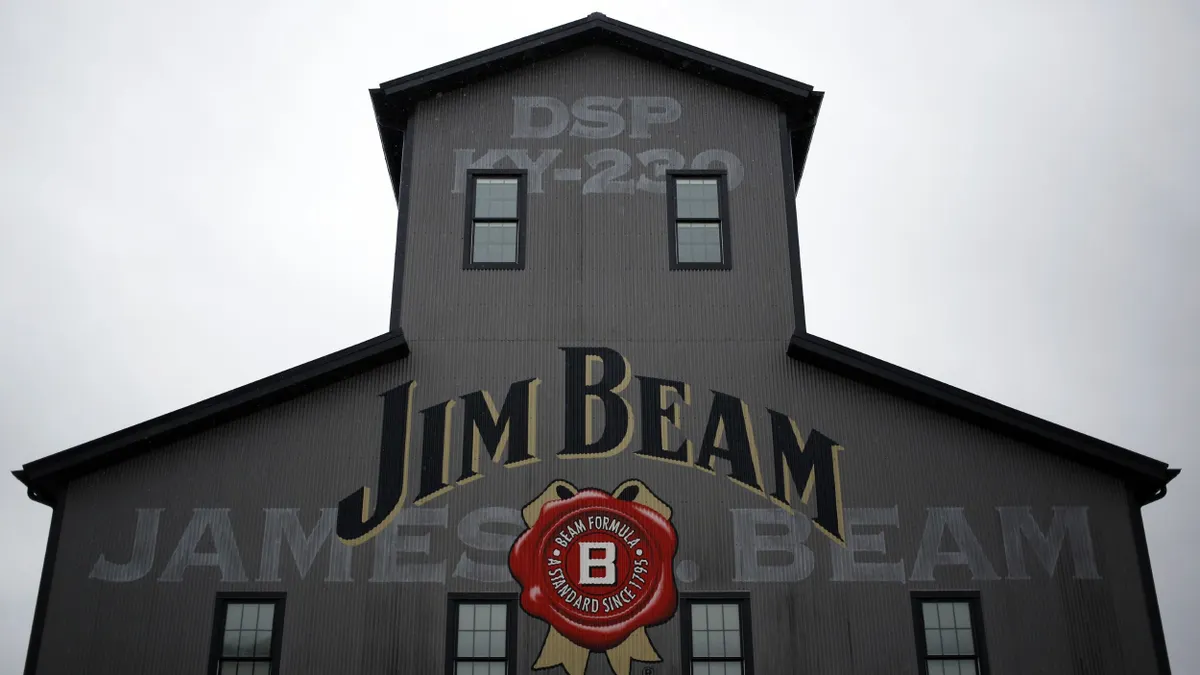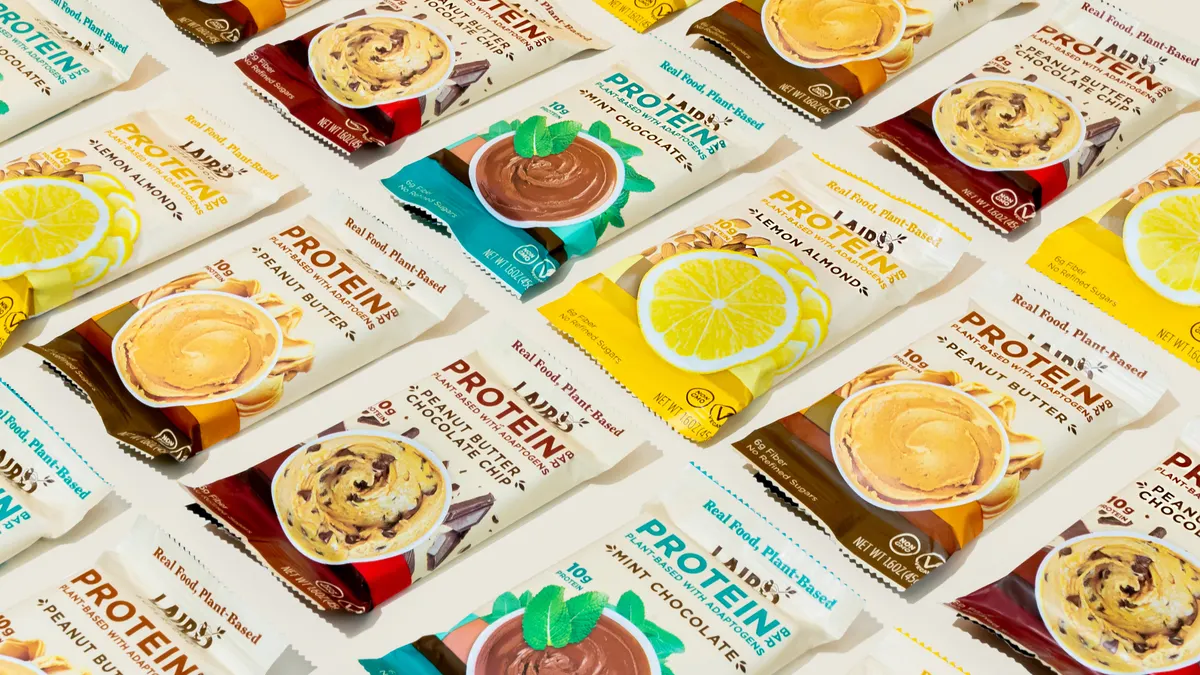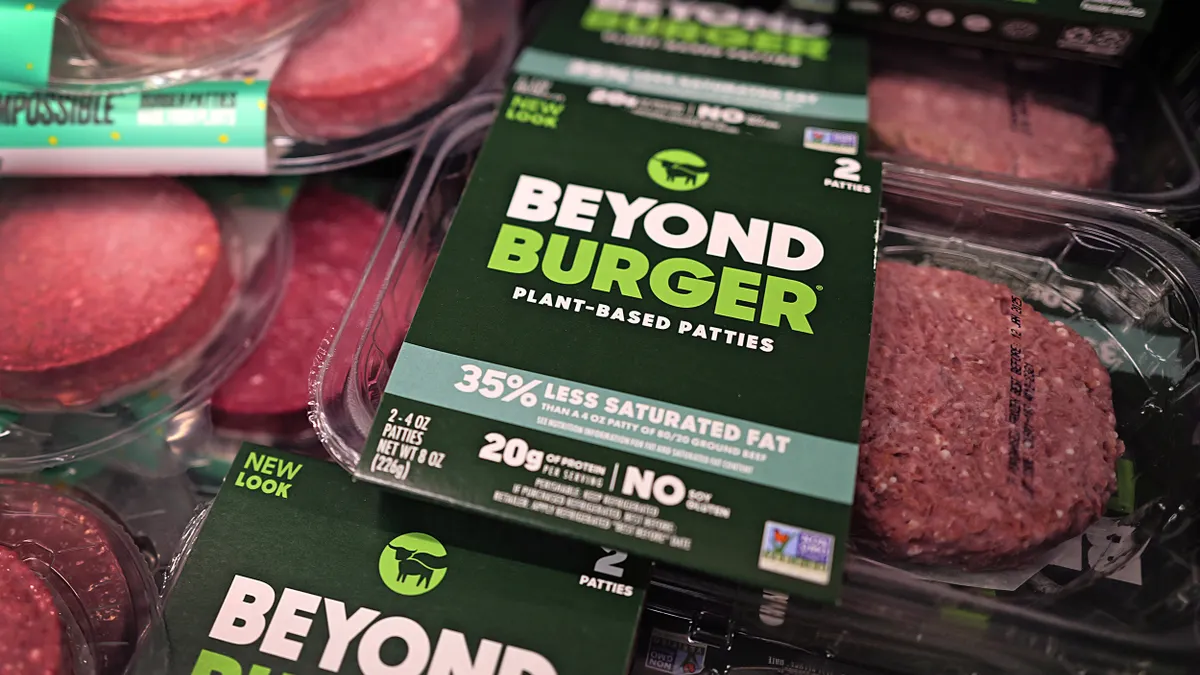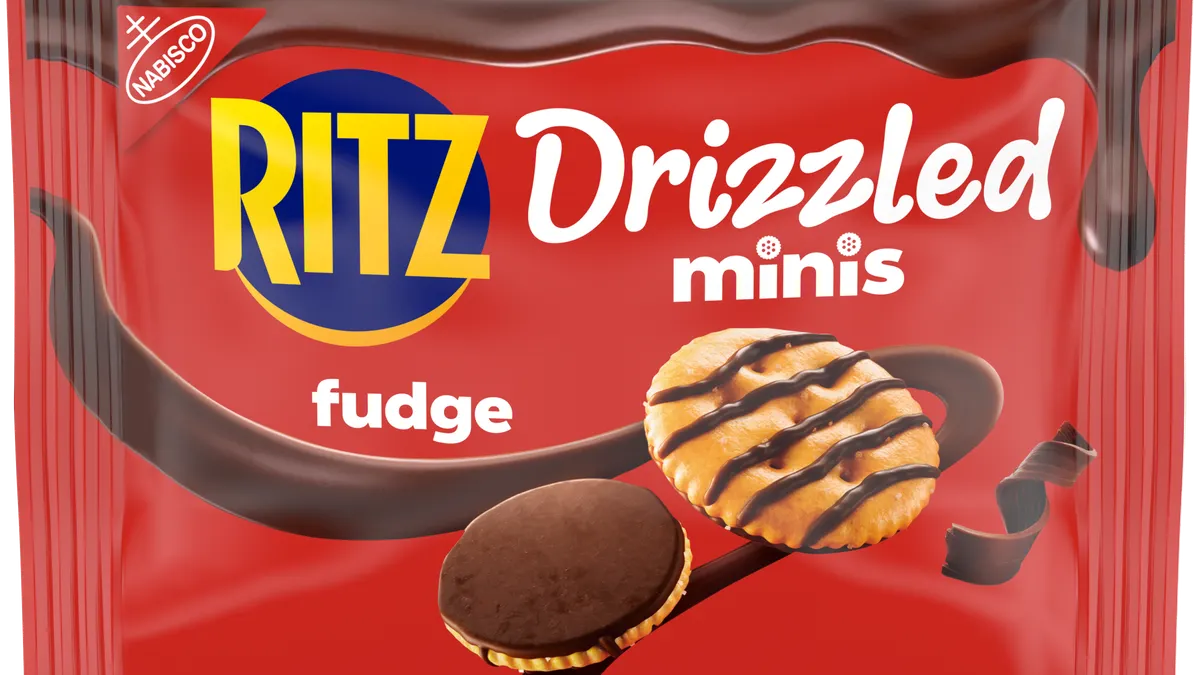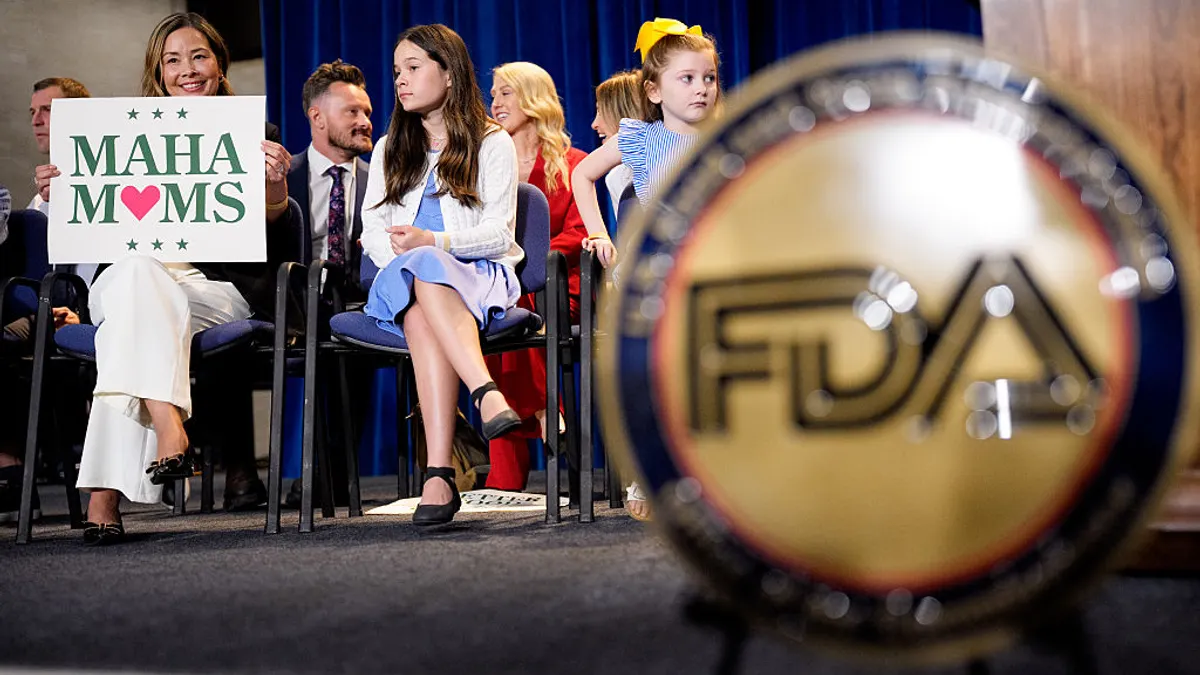The holidays are coming, which means a flood of seasonal ad campaigns from major consumer brands and retailers. Leading the way, as it has for nearly a century, is Coca-Cola, a brand whose advertising is inextricably linked to Christmas and the portrayal of Santa Claus.
But for the second year in a row, Coca-Cola is looking to the leading edge of technology to update long-standing holiday advertising traditions. The brand this week released a “refreshed and optimized version” of “Holidays Are Coming,” an ad developed with generative artificial intelligence (AI) that debuted last year (and was itself a remake of a 1995 spot).
While the new ad is again facing backlash, Coca-Cola remains committed to its AI-fueled approach to the holidays, especially since the ad “scored off the charts” with consumers, according to Islam ElDessouky, global vice president for creative strategy and content at Coca-Cola.
“Sure, there is noise and there are people who talk and criticize, but this is one of our top-tested ads in history, period,” ElDessouky said. “The masses, the audiences, do not necessarily look behind the technology. They just look at the story that they’re receiving, and then they respond to it.”
Along with generating high scores in key metrics like association and conversion to transaction, the use of AI also allowed Coca-Cola to utilize a “timeless and timely” framework that balances both foundational brand values and a desire to be experimental and innovative. That risk-taking approach was encouraged by advances in generative AI technology, like OpenAI’s GPT-5, that did not exist last year.
“We’re going to keep going at it, to be honest with you, because it’s giving us the measurements, the metrics and the business results, and, at the same time, we’re learning how to do things differently,” ElDessouky said of AI. “If we do not push ourselves and stretch our comfort zones, people are going to just move without us, and we would love them to move with us.”
Balancing brand needs
Along with the AI-generated “Holidays Are Coming” ad, Coca-Cola’s larger “Refresh Your Holidays” campaign includes a separate, more traditional 30-second TV spot that balances three imperatives for the brand: centering the product, focusing on the heroes of the holidays and connecting to past holiday efforts.
“A Holiday Memory” does all three, with a narrative about a mother decorating for the season who recalls past celebrations and rewards herself with a classic Coke. The inclusion of a snow globe is a nod to a digital experience from last year’s campaign that turned an AI-assisted “conversation” with Santa into a personalized snow globe asset for social media.
“We wanted to show that [snow globe] because we’re a brand that lives in every holiday season — things are continuous. We do not necessarily leave ideas behind or anything. It’s all part of our big bank of assets,” ElDessouky explained.
“A Holiday Memory” will run in North America, Latin America and Asia South-Pacific markets — a global approach that speaks to how Coca-Cola is working to personalize and localize campaigns at scale, for both its flagship and other brands in its portfolio.
That approach requires deep listening into insights from different markets and partnerships across human insights, connection and media teams. Research revealed that while multiple cohorts connected with Coca-Cola and Christmas, they had different needs and demands that all had to be weaved into creative. The brand then validates its creative execution before launch and analyzes sentiment once the ads are in market.
“Is this really translating into conversion, either in transaction or transaction and association? We would rather have the latter, but even if we get transaction or association only, it’s still a step in the right direction,” ElDessouky said.
Marketing at scale
Beyond the TV spots, “Refresh Your Holidays” will run across online video, digital, out-of-home, social, in store and on pack channels. Developed by WPP Open X, led by VML and supported by EssenceMediacom, Ogilvy and Burson, the multichannel effort demonstrates the “three Cs” that the brand uses as a framework for campaigns: culture, community and commerce.
For the holiday campaign, culture includes the spots and the out-of-home creative that is created for mass audiences, while commerce is how the campaign is brought to life in retail channels. Community, or where audiences are engaged, includes everything from CRM programs, creator collaborations and experiential activations. The latter includes a tour of the brand’s Christmas trucks in November and December, and is especially critical for reaching young audiences, ElDessouky said.
“The truck tour is actually a nice [thing] that only Coke can do,” the executive said. “A lot of brands have an asset, like the truck, that is synonymous [with the brand]. If you do not capitalize on it… it’s a crime, because if you have an asset, you need to push it.”
Coca-Cola’s holiday assets, from the trucks to Santa Claus and polar bears, remain central to its marketing strategy, especially in the age of generative AI. The company sees the technology as a way to uncover new insights and avenues of engagement that it couldn’t have found otherwise.
“Maybe we land on something that people love so much it becomes our own Labubu,” ElDessouky said, alluding to the viral plushies. “You might land on something like that, and then it becomes an asset of yours, just like we landed on Santa Claus and the truck. Without trying and pushing the limits, we’re not going to add more to the brand.”


